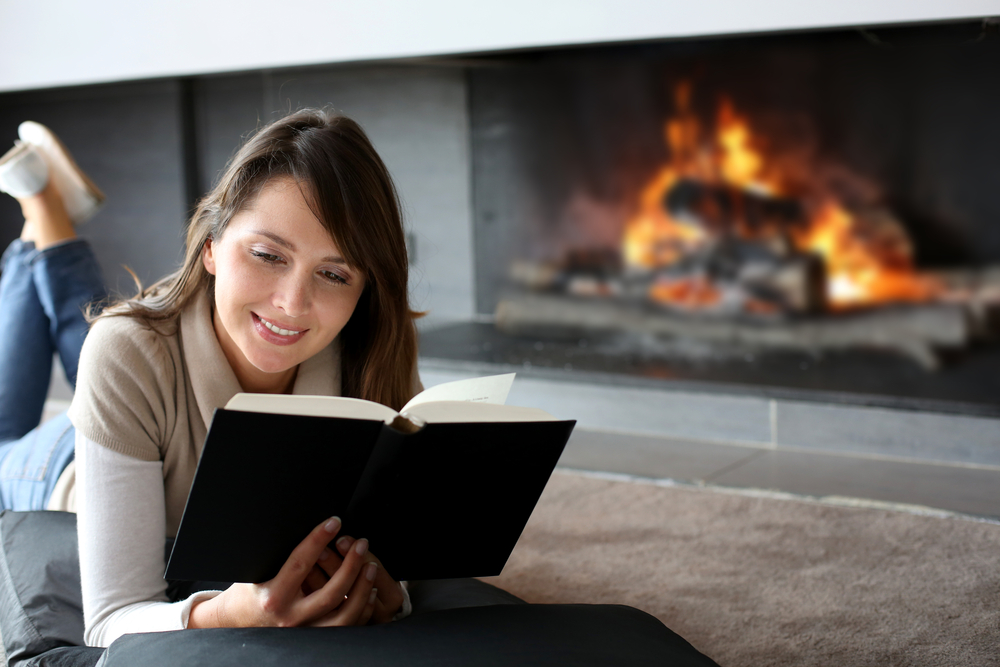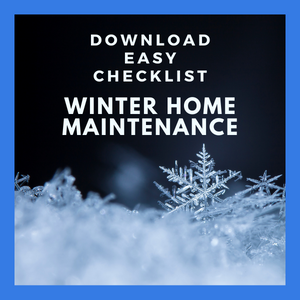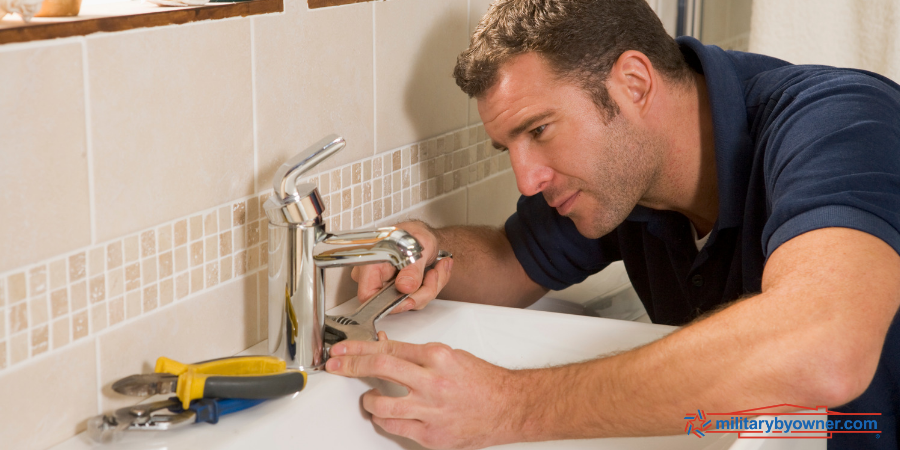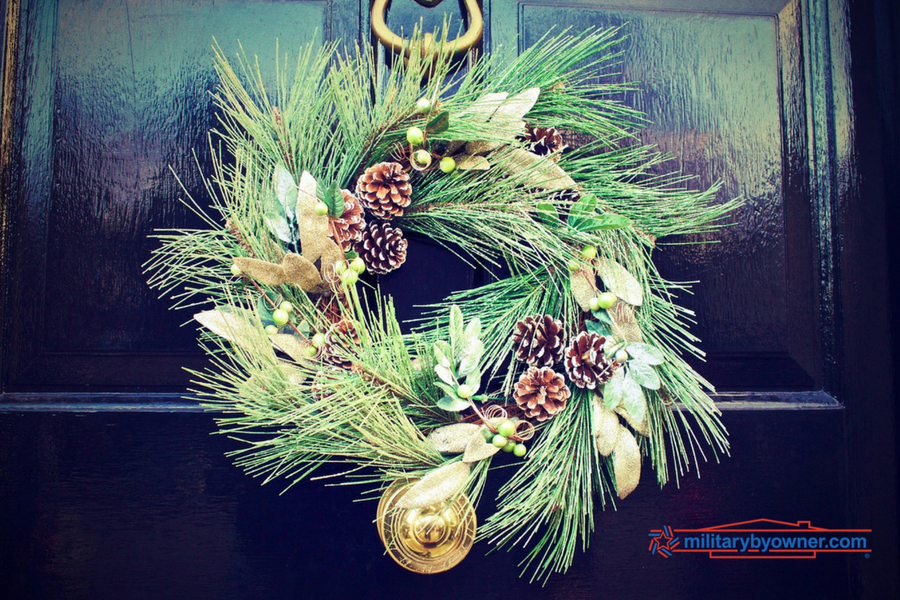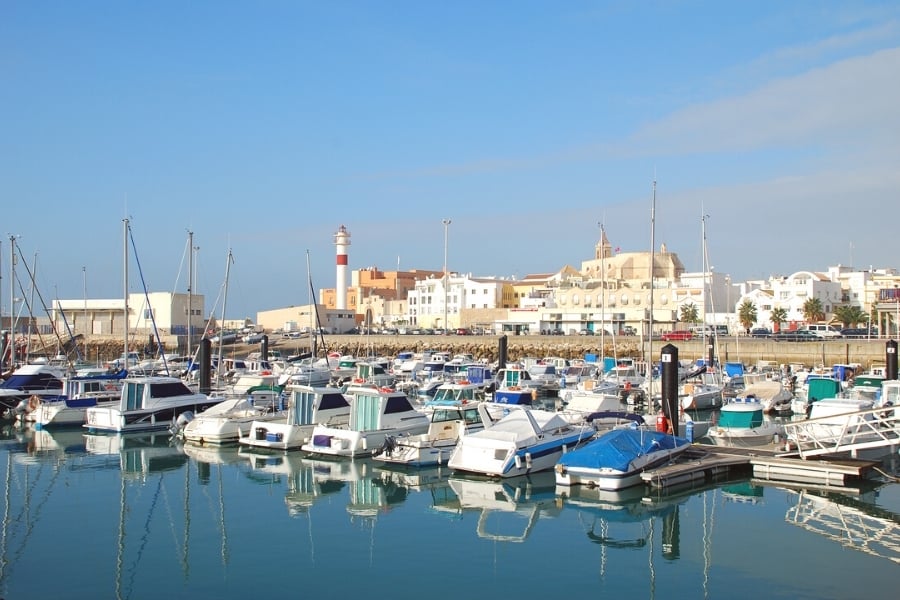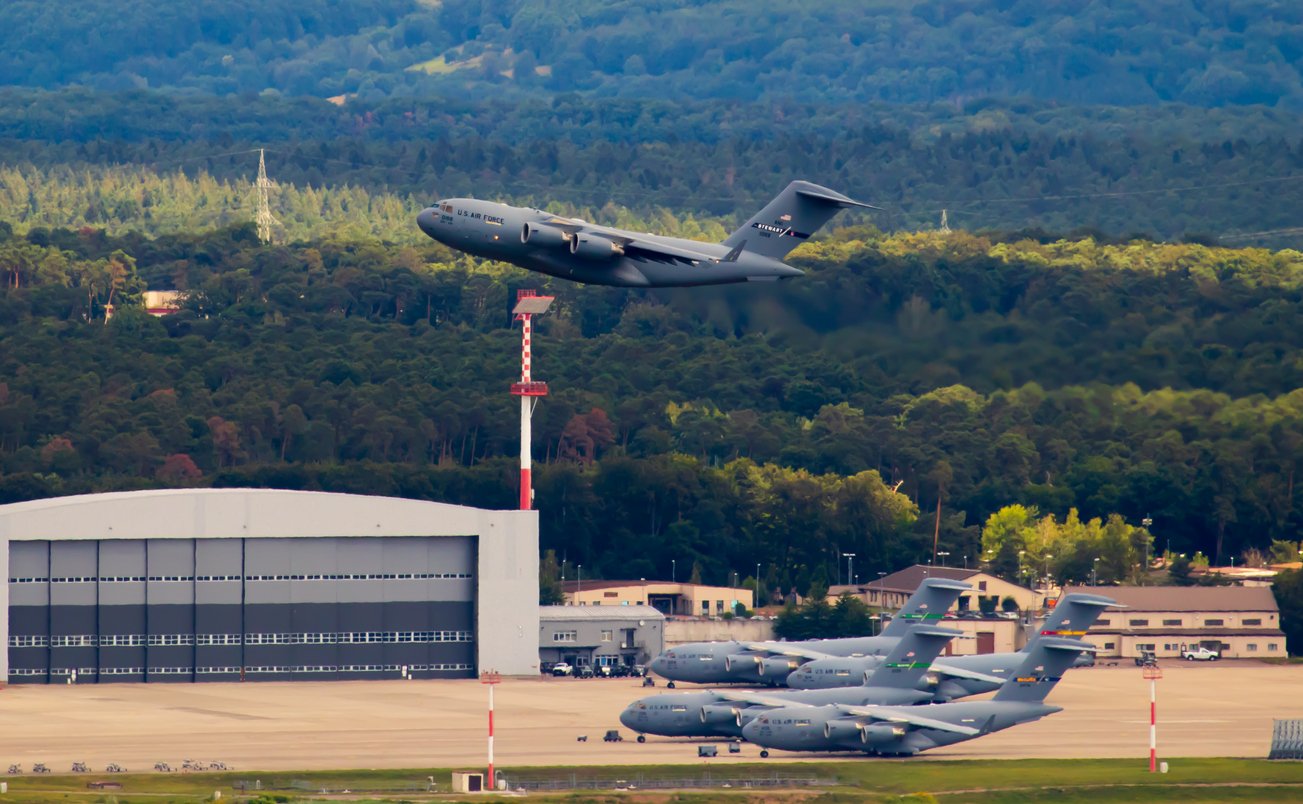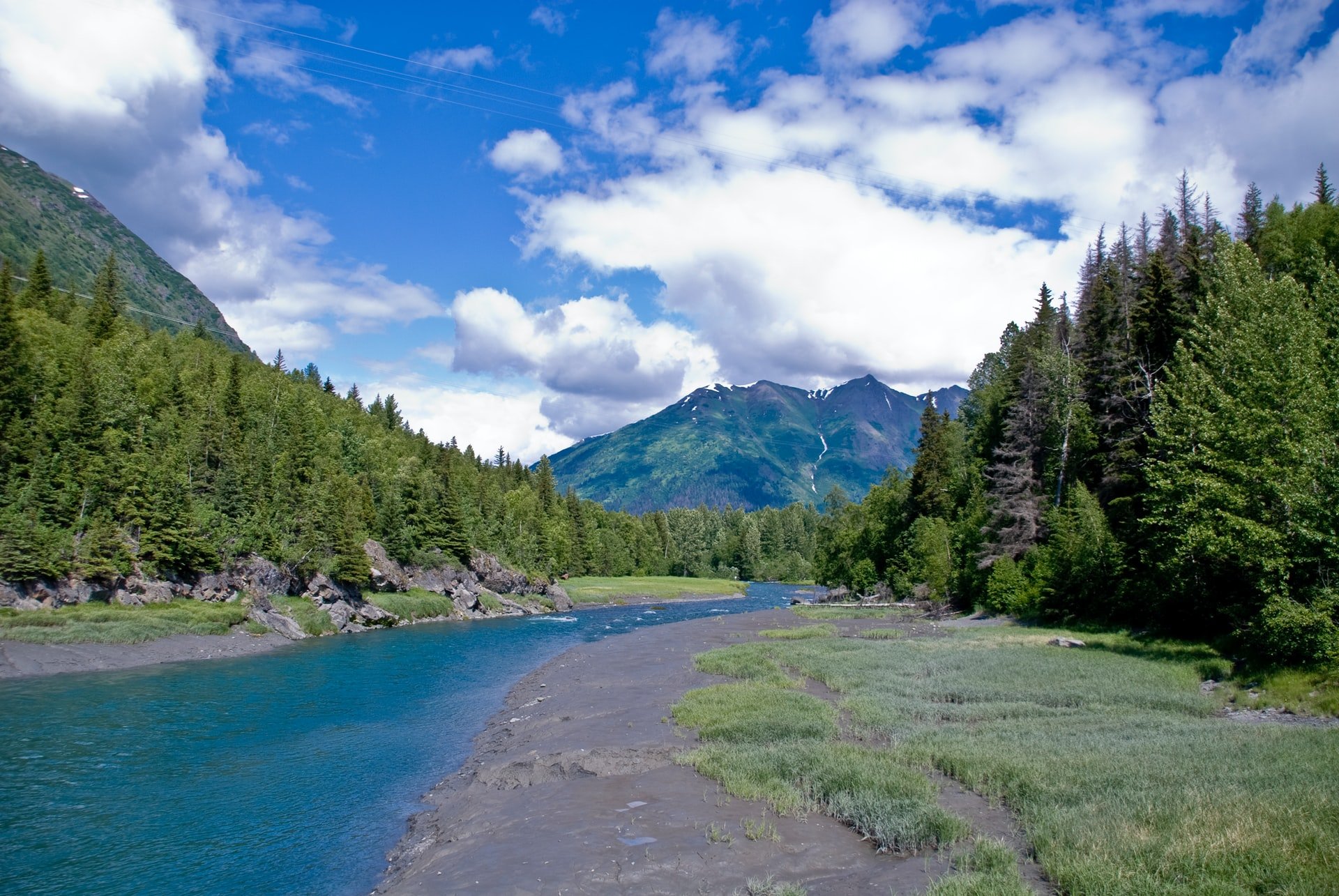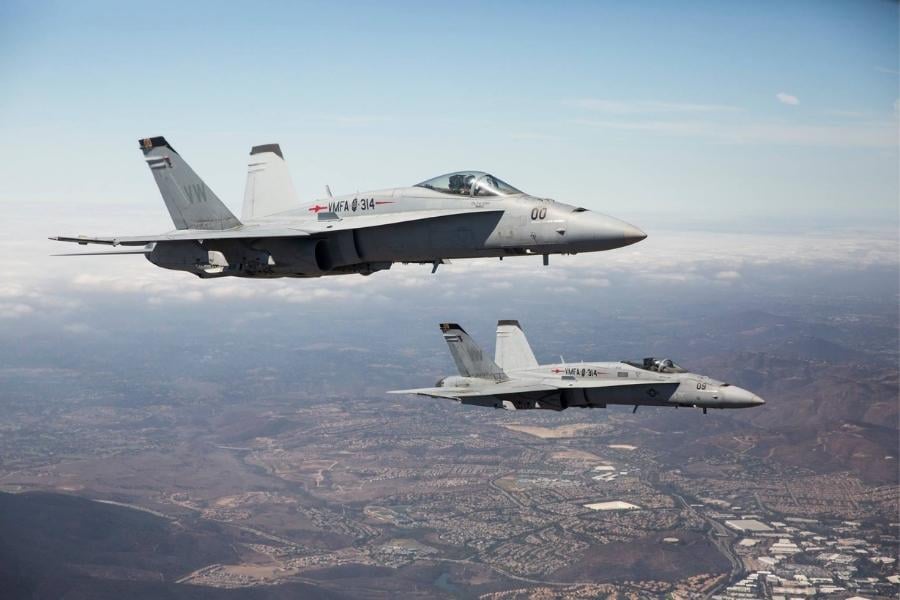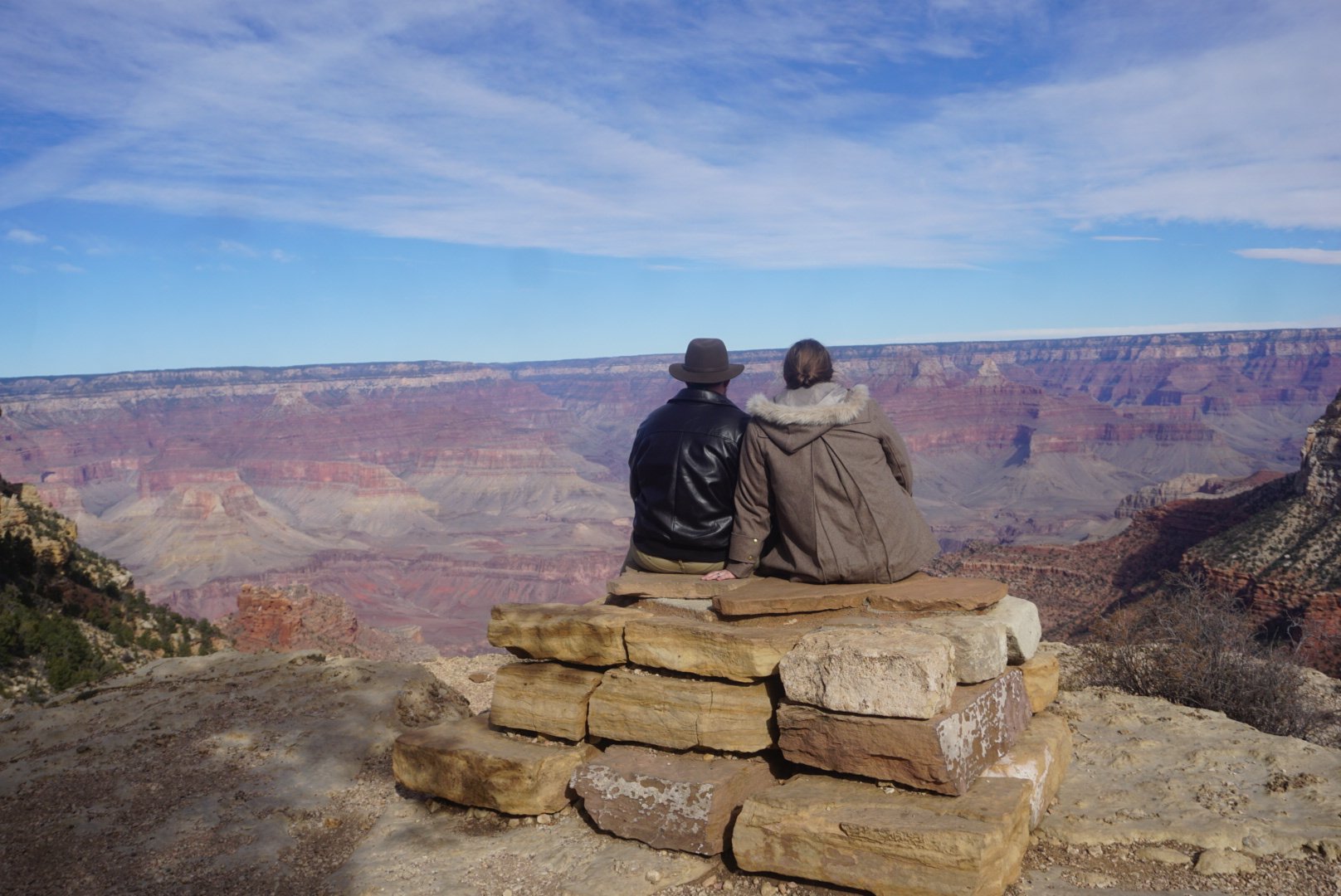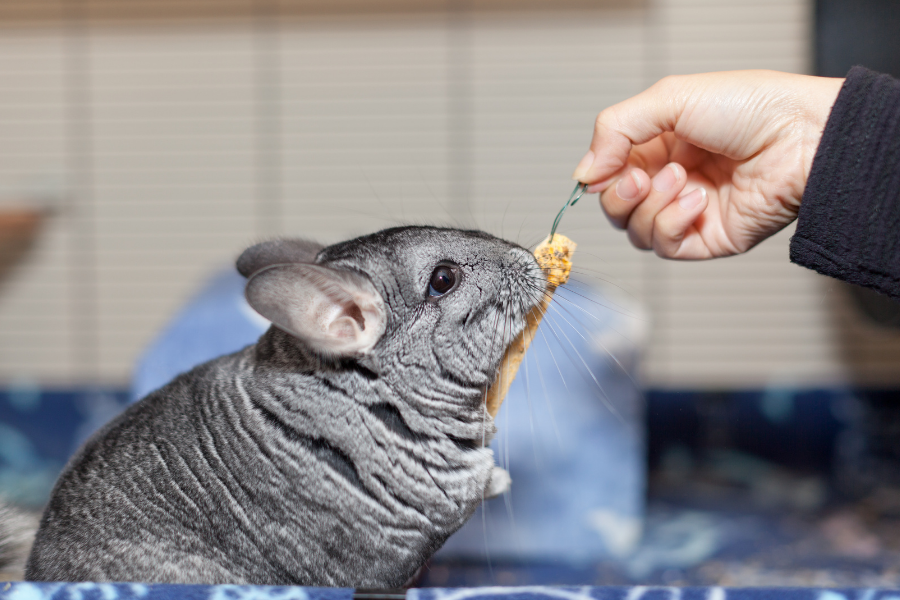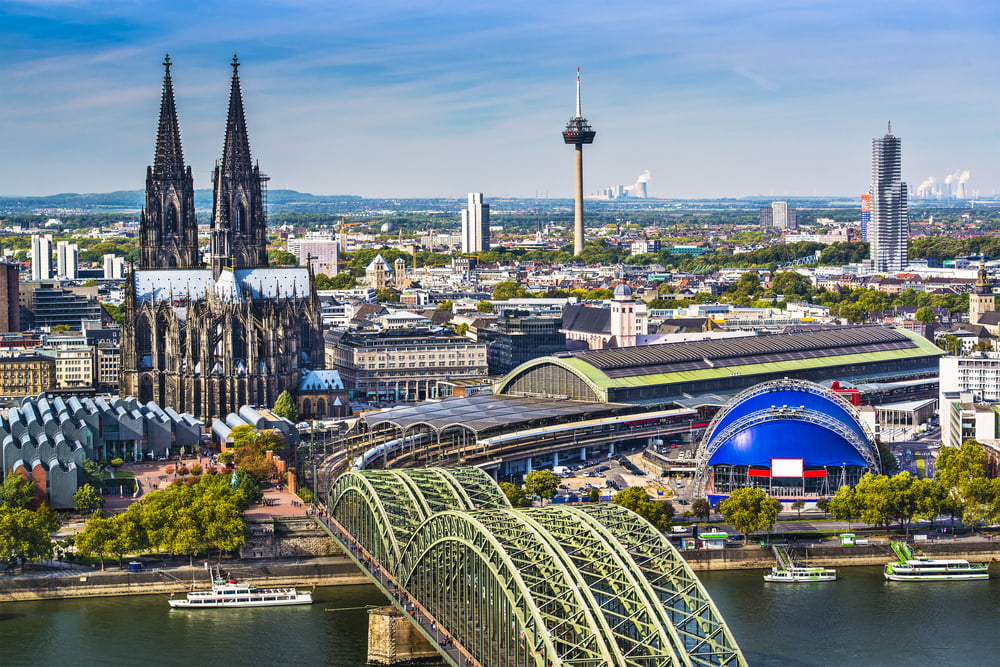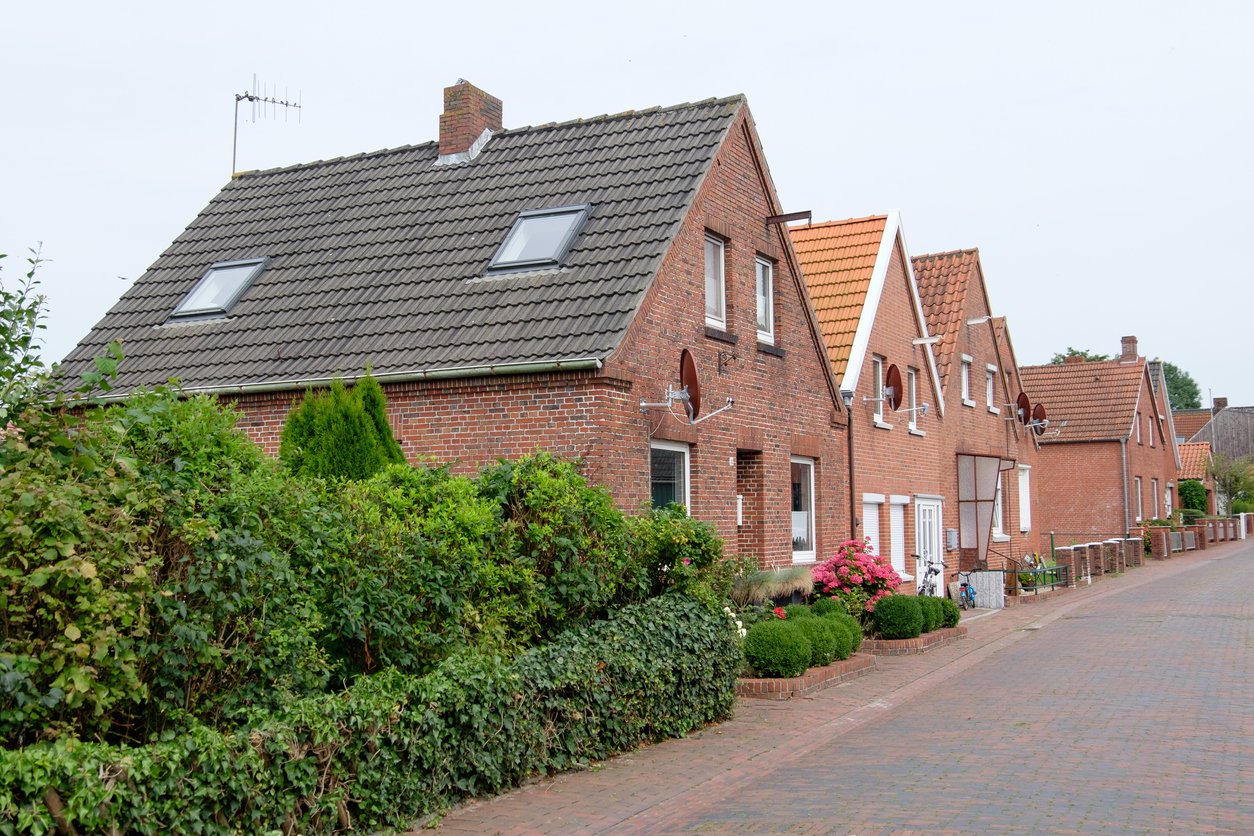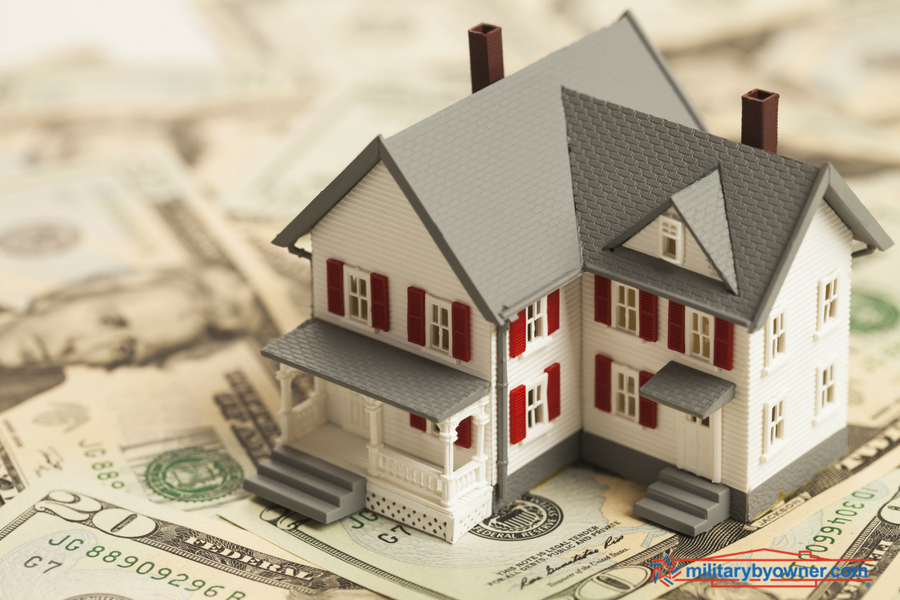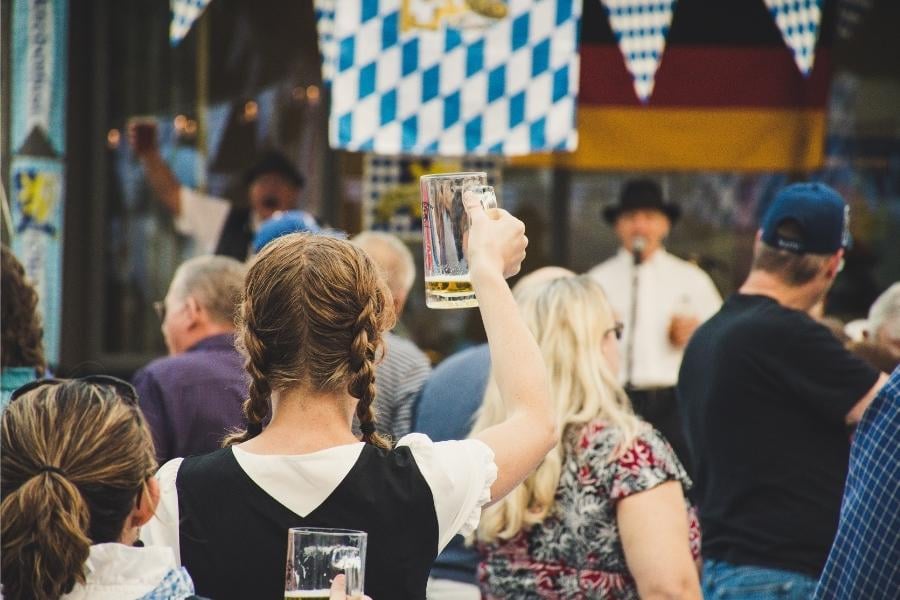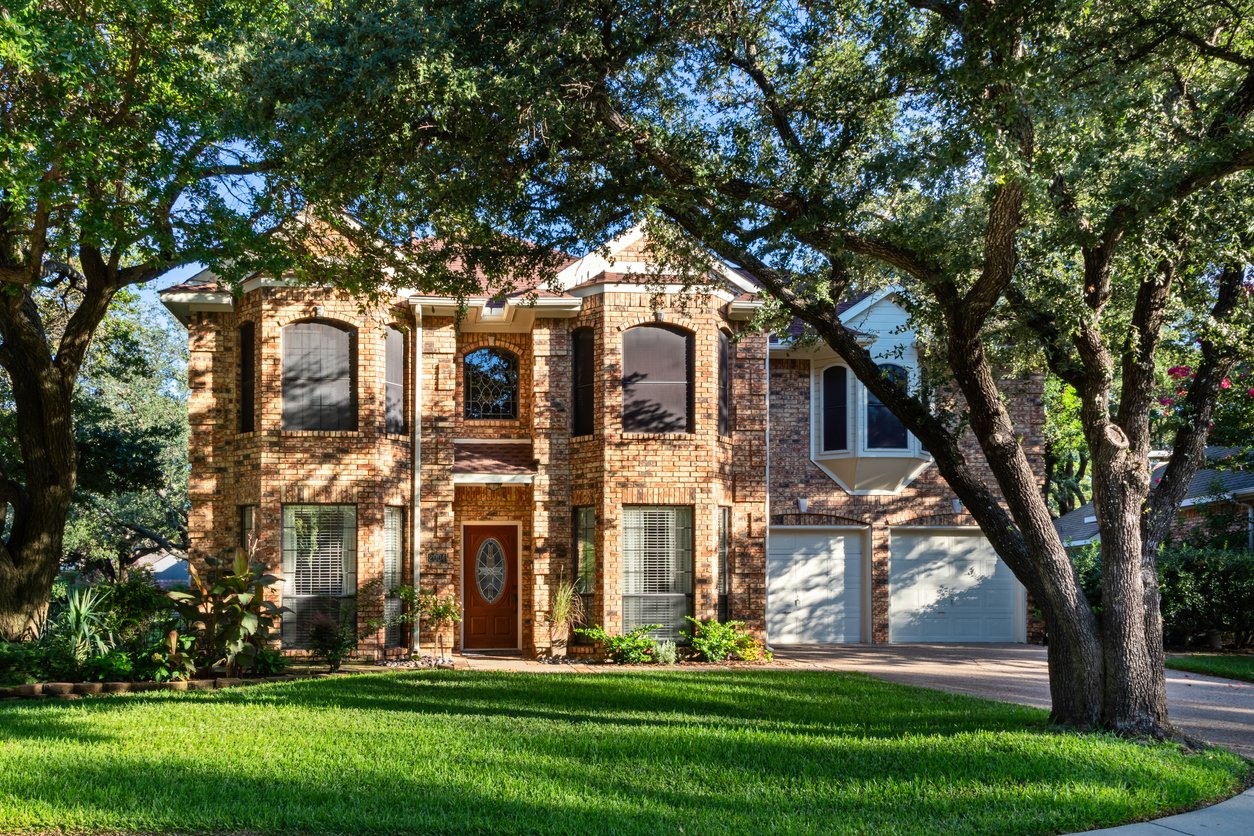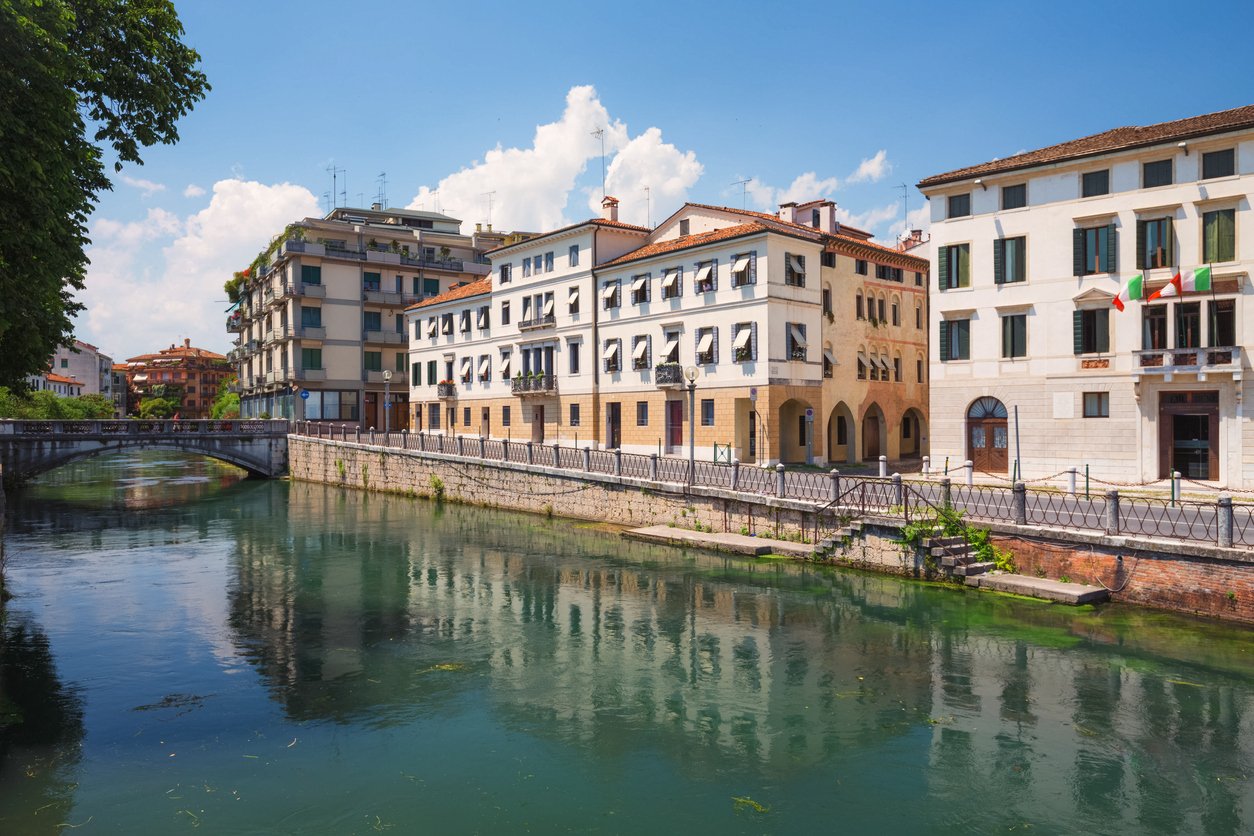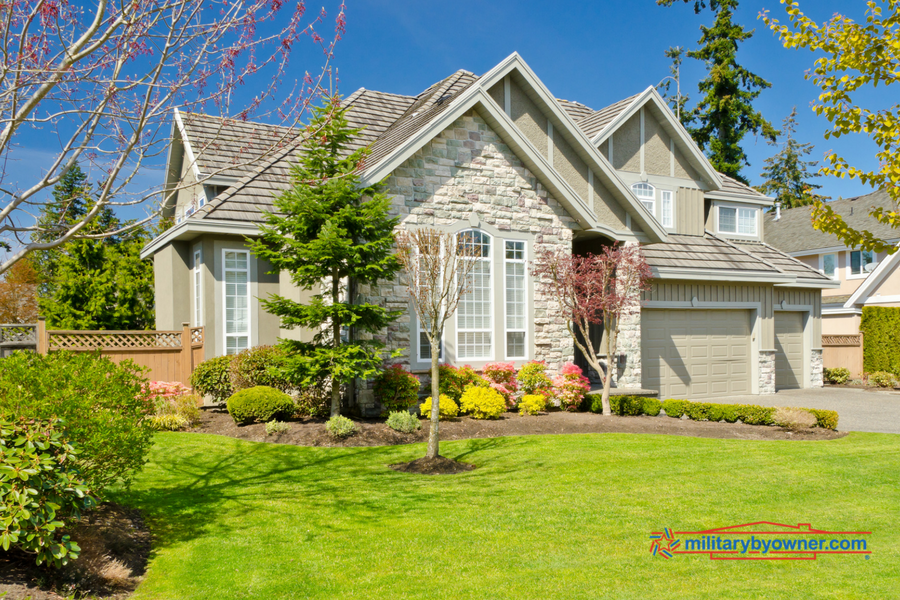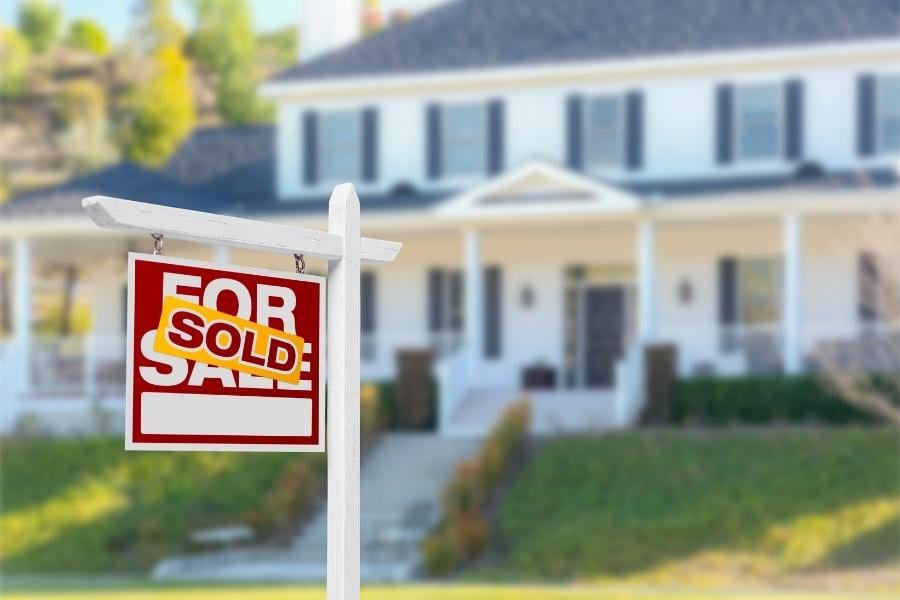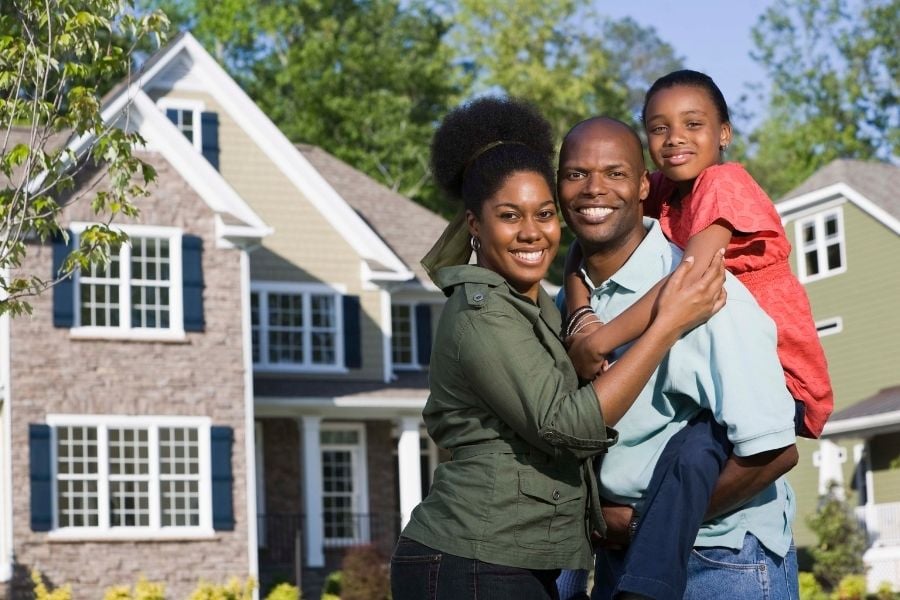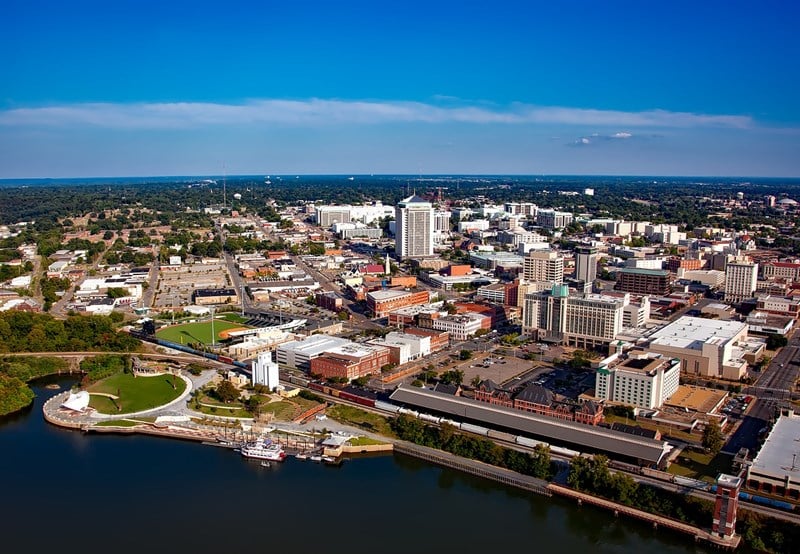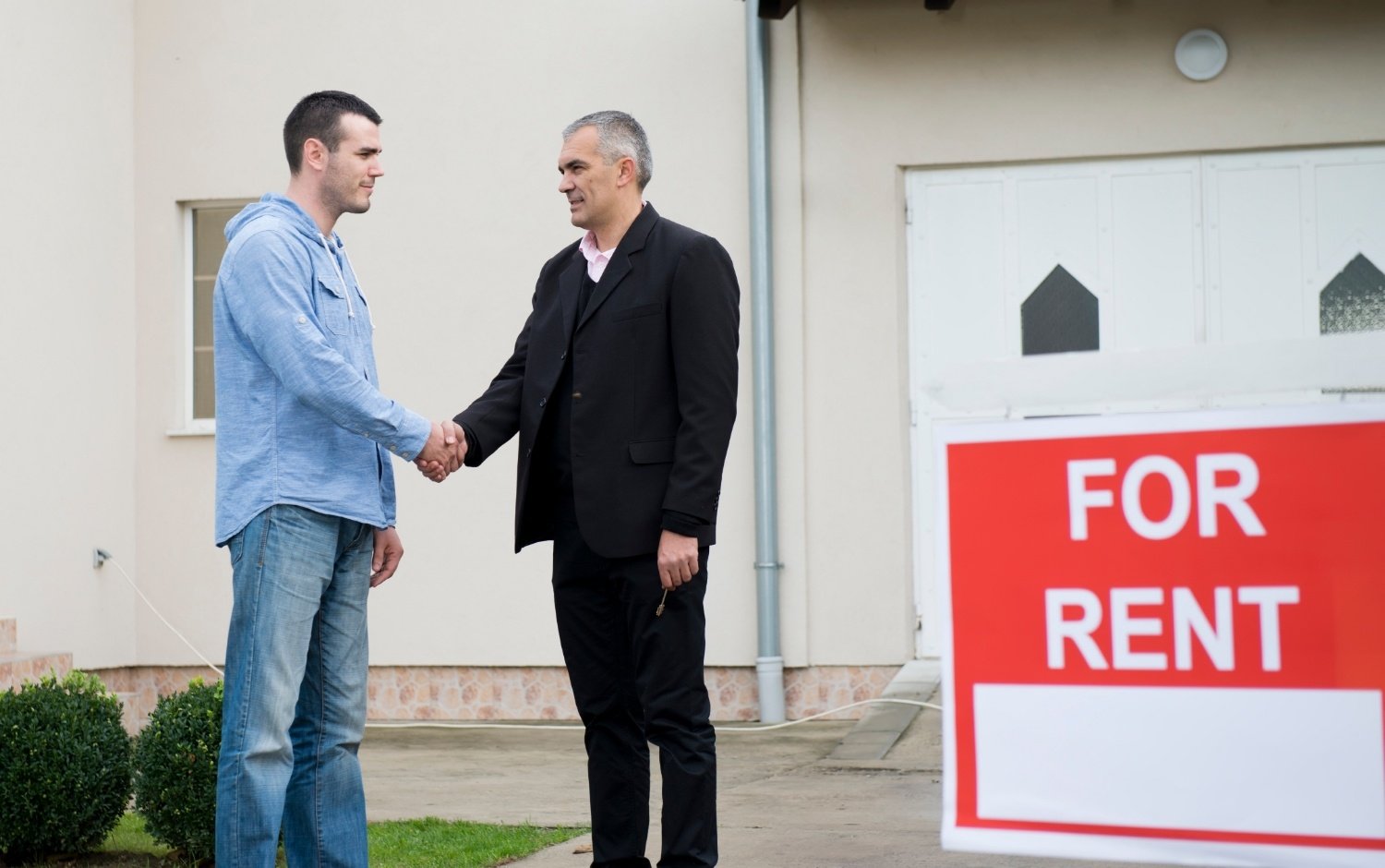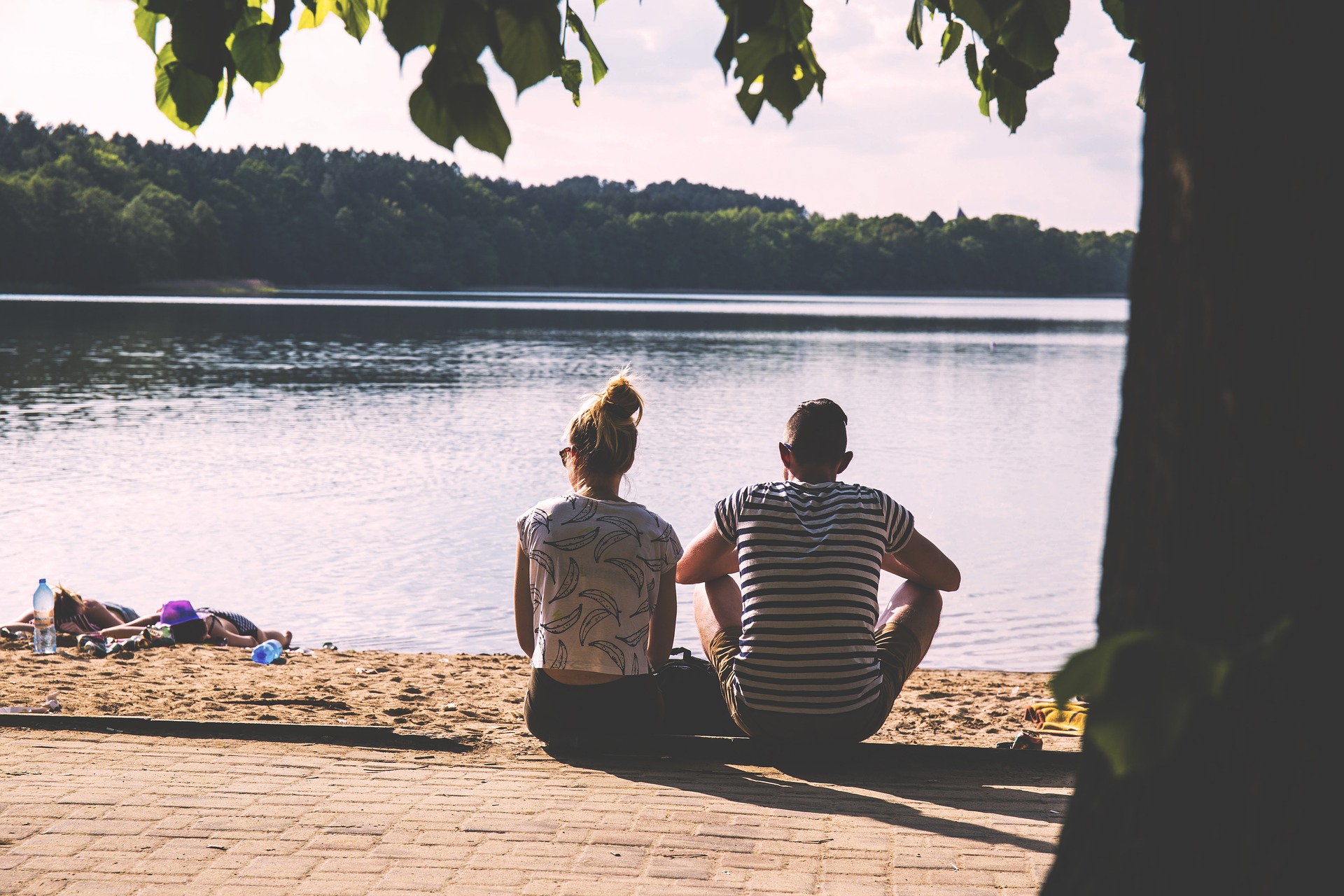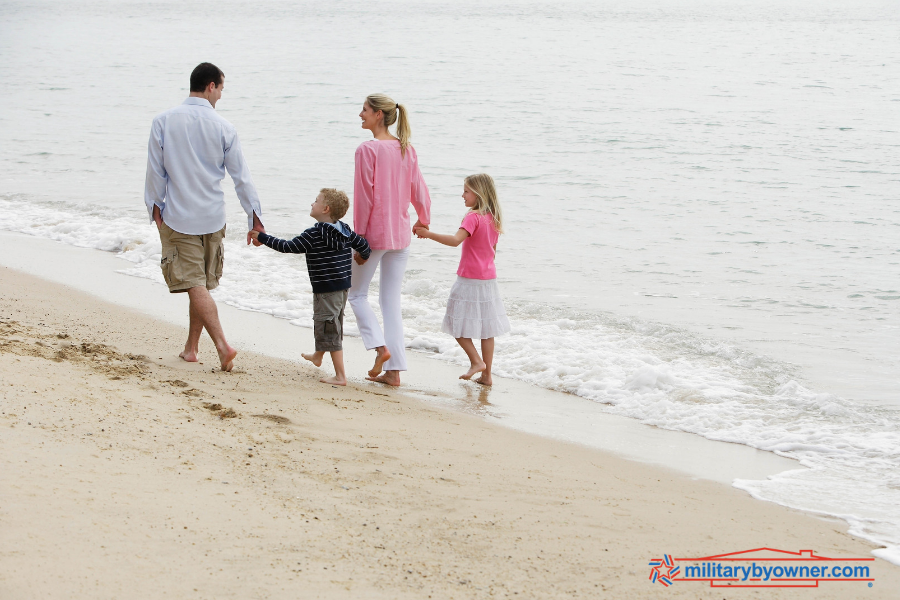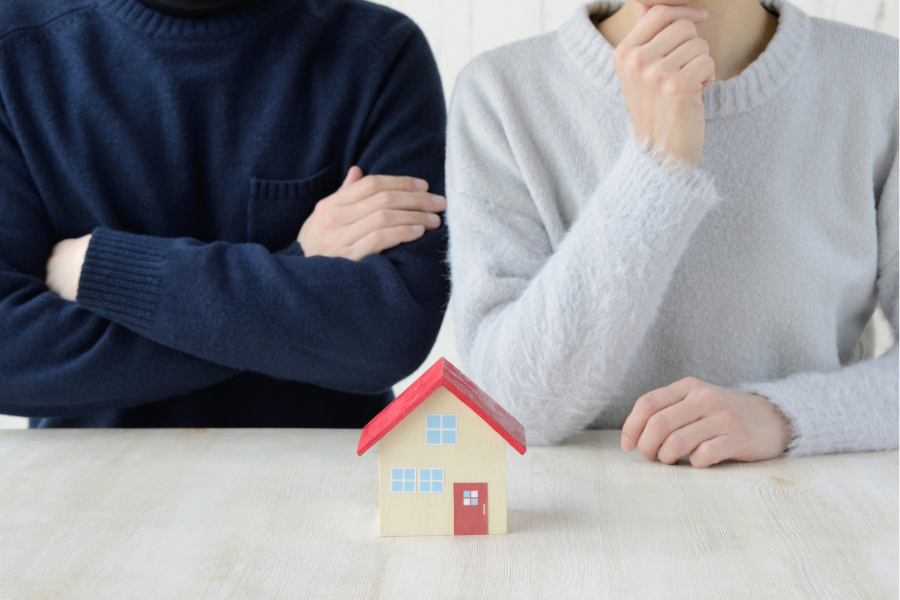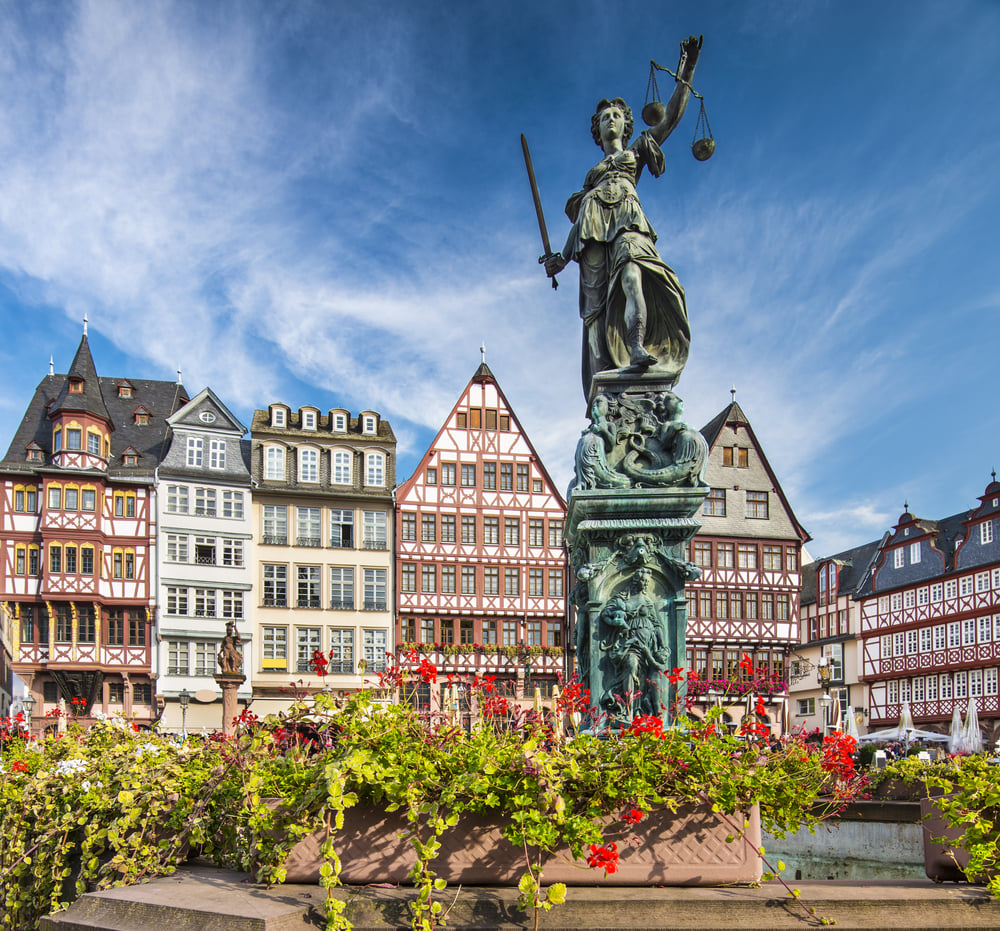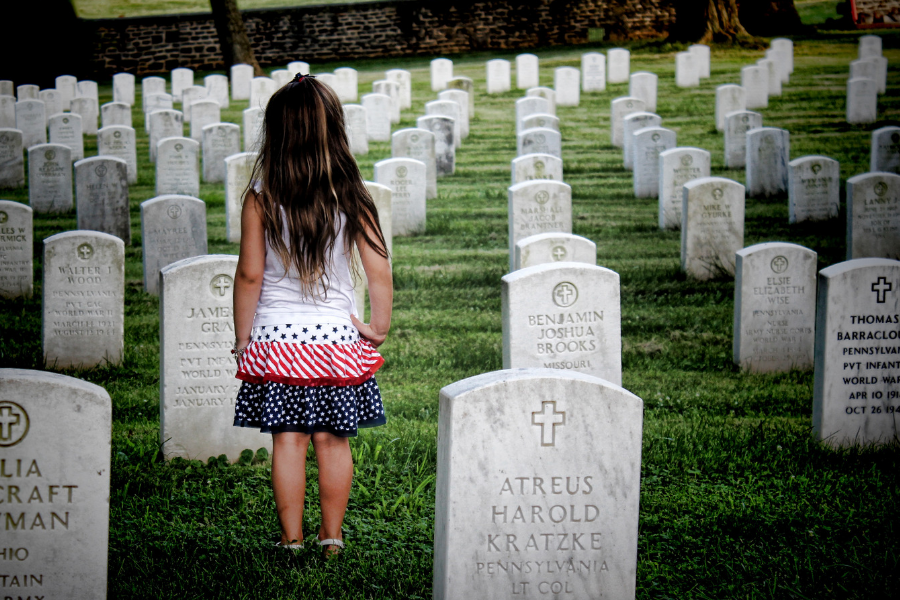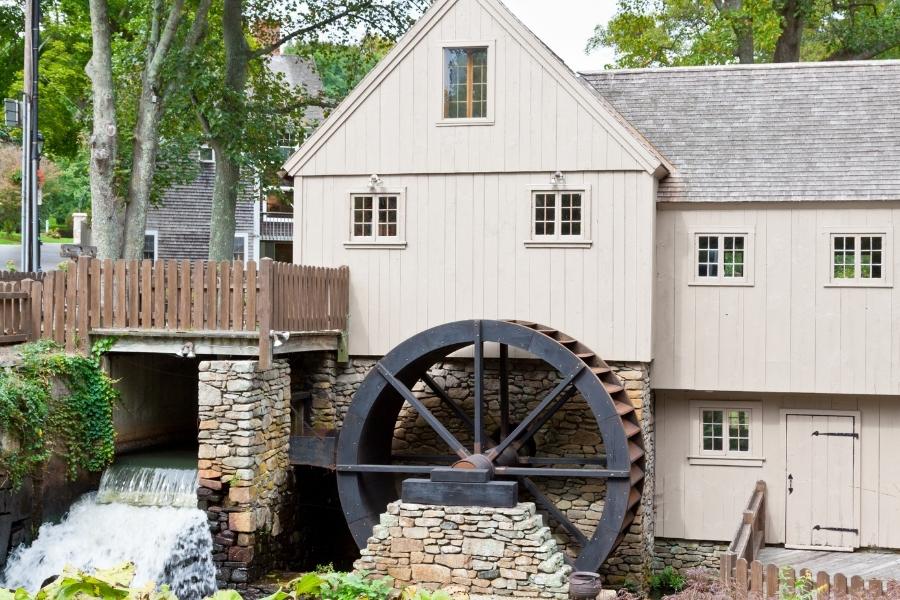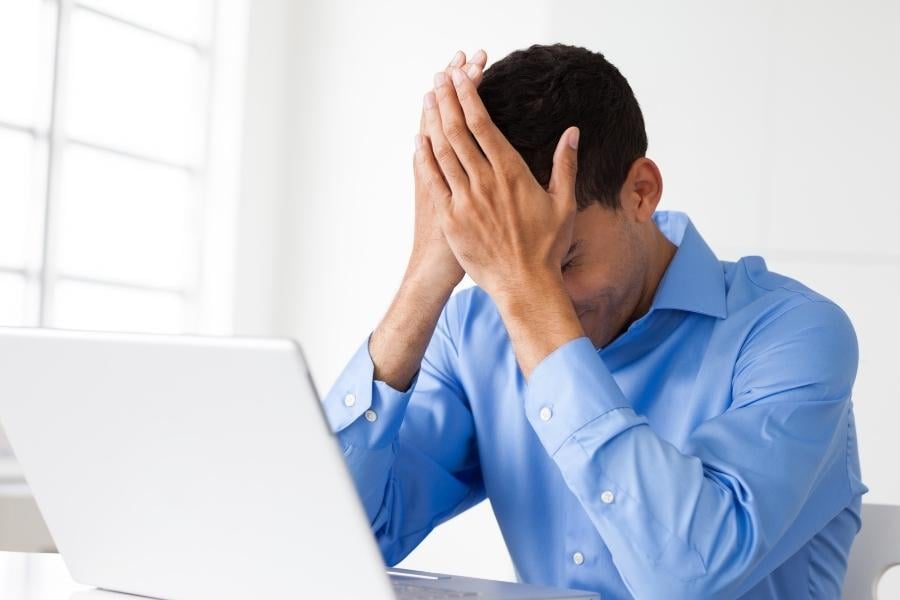10 Essential Fireplace Safety Tips
One of the best things about moving into a new property is searching for the amenities that will help you make the emotional and mental transition from moving into a “house” to moving into a “home,” especially if you’re a military renter.
Is there a property feature that evokes warm “home” feelings more than a fireplace? The smell, sounds, and captivating visual display of a fireplace are hard to beat over the holidays and during a much anticipated snowstorm.
Fireplace devotees can’t get enough of the charming ambiance, but they also know many responsibilities come with the gorgeous glow. If you’re considering a home with a fireplace for your next PCS, you probably have questions about how to take care of it so that you won’t worry about your family’s safety.
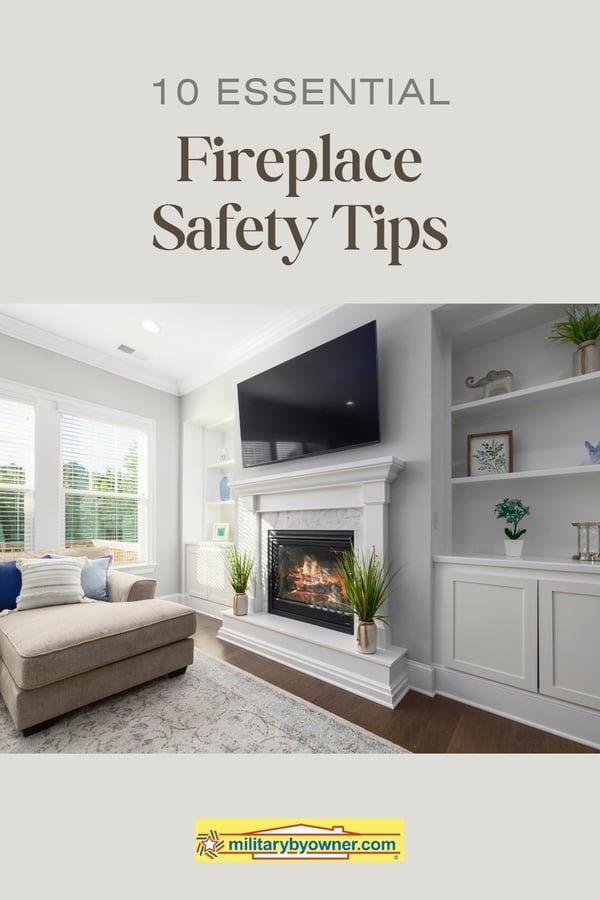 A Cautionary Note for Renters Who Want a Fireplace
A Cautionary Note for Renters Who Want a Fireplace
If you’re renting, don’t forget to discuss fireplace responsibilities with your landlord or property manager. Only sign a lease with specifics about who pays for upkeep and repairs. You may also find that some owners list that a fireplace exists but will later mention it's non-working or that they won’t allow usage.

Photo from Canva
Fireplace Safety Equipment
We have the answers to the most commonly asked fireplace safety questions below. But first, read over this list of fire safety equipment you need before purposely lighting a fire in your new home.
When a fire burns inside your home, you need special services and tools to make sure you can safely manage the flames.
- Fire extinguisher
- Carbon monoxide detector
- Fireplace tools
- Safety screen
- Annual inspections and cleaning
Now, take a look at some of the most common questions asked about the safest ways to use a fireplace.
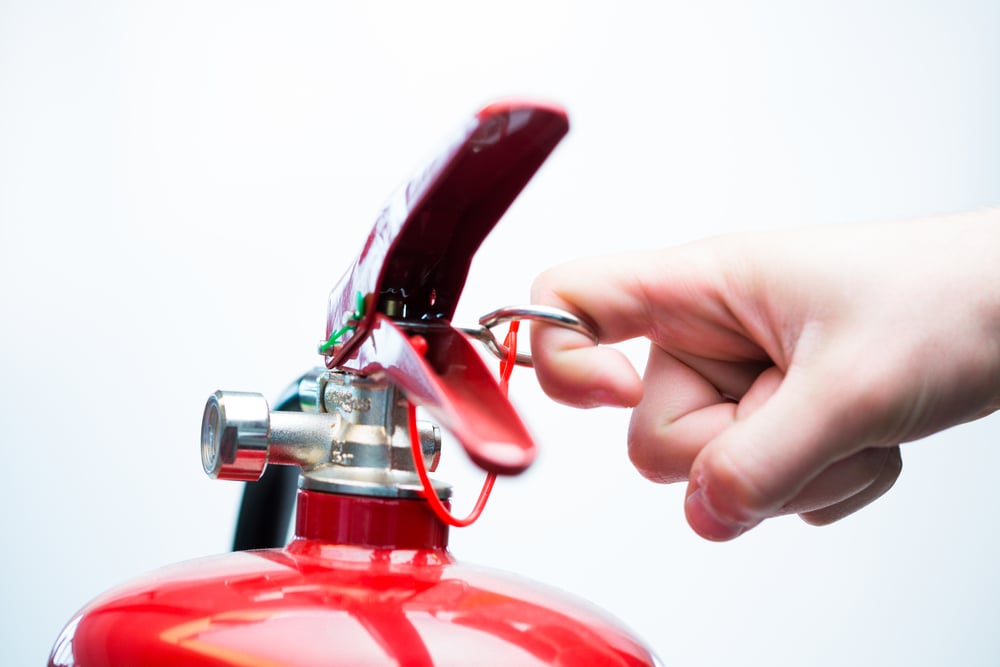
Photo from Shutterstock
1) How can I check my fireplace for safety?
There are telltale signs that your fireplace isn’t safe. If smoke pours in; if you can see rust, cracks, or broken mortar; or if the chimney cap is missing, the fireplace needs attention. Only a professional chimney sweep should inspect your fireplace and chimney to determine if it’s safe.
Depending on the state of your chimney, a sweep will recommended cleaning as one of the first ways to ensure proper safety measures. After an inspection, they’ll let you know if they find damage and recommend repairs. They may even show you a video of what it looks like inside your chimney. Most professionals will recommend a maintenance schedule according to how much you use the fireplace.
If you want to hire a chimney sweep, start with these resources.
2) Should I have my fireplace professionally cleaned?
You might see if your fireplace needs professional cleaning by looking into the chimney with a flashlight. If you see a solid layer of black soot and creosote build-up, it's time to hire a chimney sweep. Breathing soot is terrible for your lungs, and excess creosote can catch on fire, damage your flue’s lining, or worse, start a blaze in your home.
Ultimately, it's best to schedule a call for a professional service. You may not need a professional cleaning each year, however. It depends on the amount of use, types of wood burned, and the fireplace’s condition.
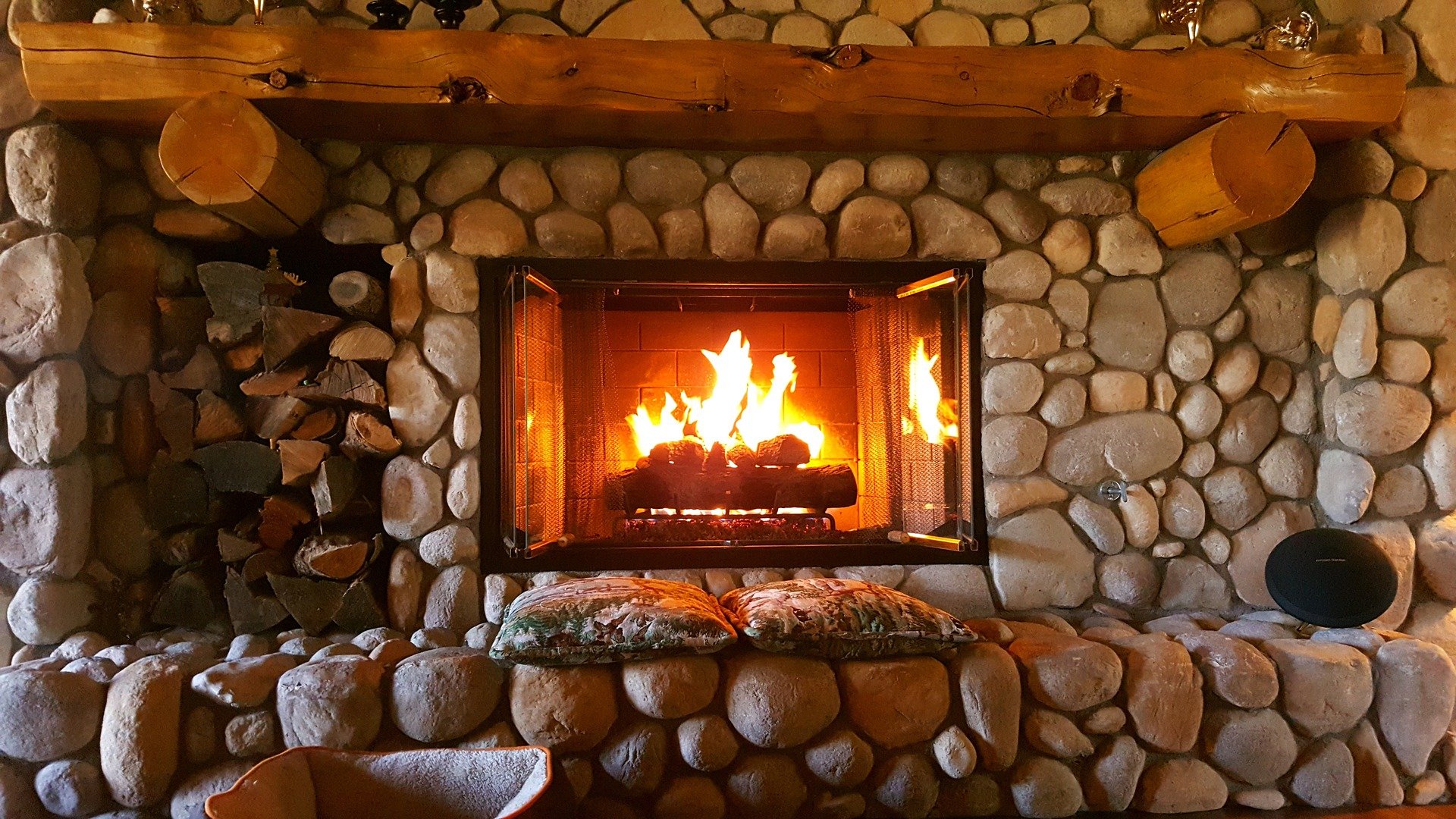
Photo from Canva
3) What type of firewood should I use?
Seasoned firewood is the best option to keep your chimney safer for longer. “Seasoned” means that the wood is dry (has a low moisture content, not more than 25%) and produces the least amount of creosote.
Softwoods like pine and spruce dry quickly and are easy to split, but they generate less heat than their hardwood counterparts like maple, oak, walnut, and beech.
4) Can I go to bed with live coals burning in the fireplace?
No. Going to sleep with active fire and coals is never a good idea. You should safely extinguish the fire before bed.
5) How do I safely put out the fire in my fireplace?
First, spread out the remaining coals and embers with your fireplace tools. Then, either use enough baking soda or flour to smother the fire. You might be tempted to use water to put the fire out quickly so you can catch some zzzzs, but the water won’t fully penetrate the logs. The water forms a barrier that prohibits the burning from stopping. This sudden water dousing might also produce steam that could burn you.
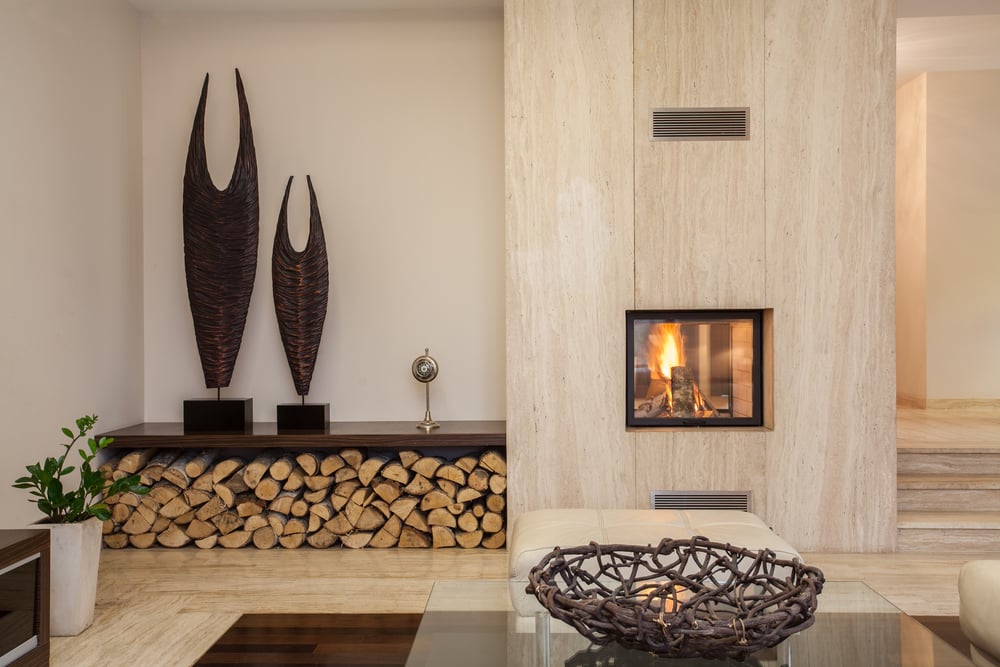
Photo from Canva
6) How do I clean my fireplace after I use it?
After you’re certain there aren’t live coals in the ashes, sweep them (don’t use a household vacuum if you want it to work well in the future) into a metal container and store them outside. Don't place them too close to anything that can burn, including your house, in case an ember reignites.
Gas Fireplace Questions
Many homeowners love the convenience and cleanliness of a gas fireplace. When working properly, they can pump out heat quickly and efficiently.
7) How long can I run a gas fireplace safely?
There are multiple types of gas fireplaces, and they’re built to work differently. Some can run continuously, others only for a few hours. Fully-vented gas fireplaces with glass doors can operate longer than open-flame gas fireplaces without venting. You should turn this type off after two to three hours.
It's best to consult the manufacturer's instructions. The main concern with extended gas burning is the exposure to excess carbon monoxide.
Photo from Shutterstock
8) Can I leave a gas fireplace burning overnight?
You guessed it, NO. Not only do you increase the chances of a fire accident, but you’ll also need to worry about whether or not you’ll hear a carbon monoxide detector alarm while you sleep in case of an emergency.
9) Does the pilot light always stay on in a gas fireplace?
Sometimes. It depends on the type of gas fireplace. Your fireplace might be equipped with a continuous or standing pilot light. It stays on all year round.
Otherwise, you might have a version that requires a chimney sweep to turn the pilot light on and off seasonally. This is another time when the manufacturer's manual comes in handy.
10) Does a gas fireplace chimney need to be cleaned?
Gas fireplaces don’t need cleaning like a wood burning fireplace does, but a yearly winter cleaning and inspection is a good idea to minimize the risk of carbon monoxide poisoning from blocked chimneys and broken interior pieces. The venting system is also prone to collecting pet hair, dust, and other debris.
Fireplace people usually pick sides—either gas or wood-burning for reasons like cleanliness, cost, environmental factors, or personal preference. Some might even choose because of the safety and upkeep measures required by each. So, before you set your heart on a hearth, ensure you’re well-versed on what it takes to operate your fireplace year after year safely.
Get more home maintenance help with our free tips below!


